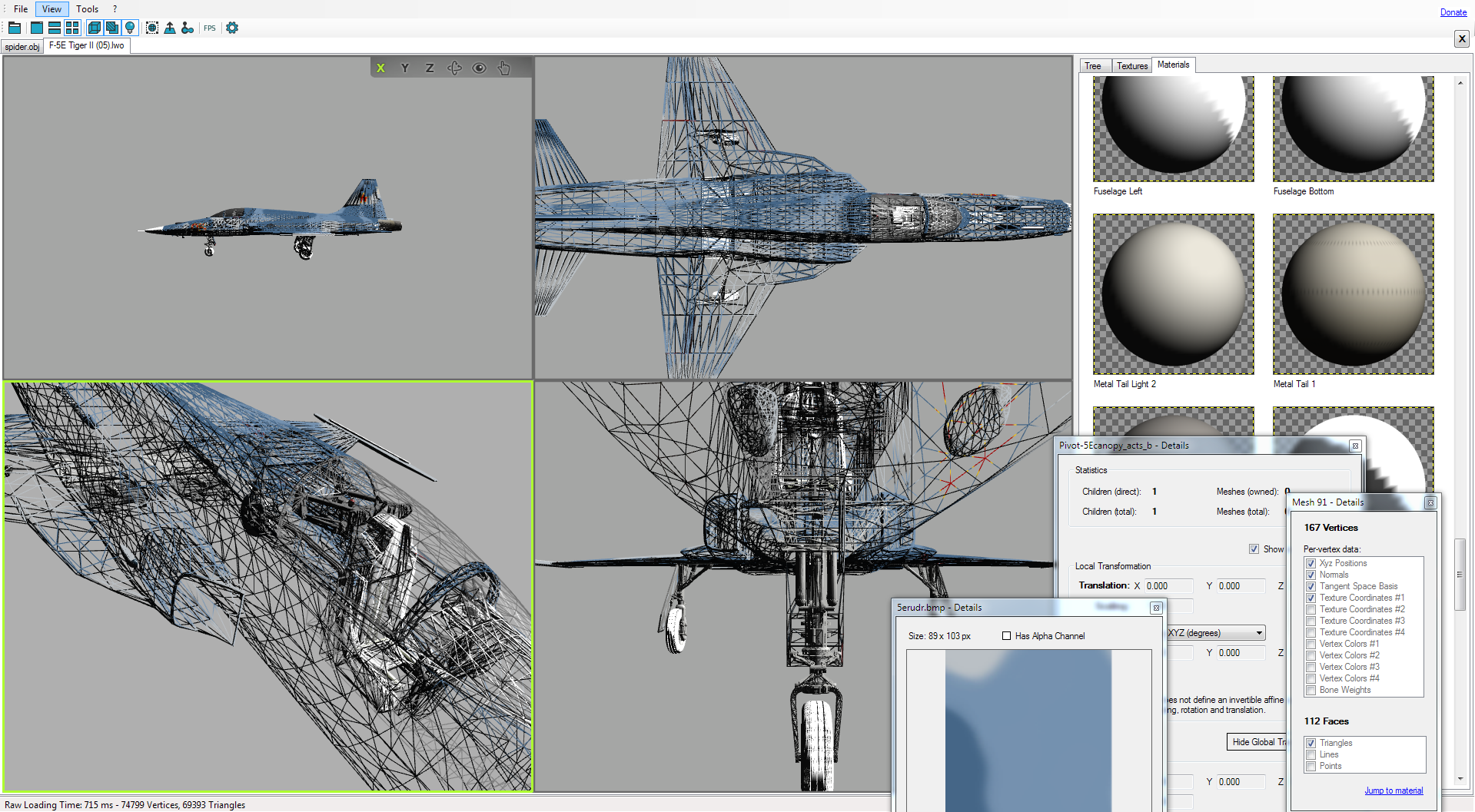
The bottom status bar displays the resolution of the actively viewed image if you wish to bypass the need for opening the properties window of the file to verify this particular bit of information. One can zoom in and out of the current picture using the dedicated buttons, while an included slideshow option lets you automatically preview a certain folder’s pictures at a customizable interval without having to manually browse through them, which is a useful option for those who want to create a digital frame with family photos or a placeholder for a screensaver when required.

Once installed and launched, the app greets users to a straightforward interface featuring an easily accessible command ribbon and toolbar.Īs such, the program feels more optimized for those with mouse-based workflows, given the readily-available shortcuts sitting atop the previewed image, with only four keyboard shortcuts to execute functions such as quickly printing it to avoid using proprietary printer software and opening the folder containing the items you want to see, in case those file formats are not set to open using the app. Thanks to its open-source license, not only can users inspect the code to ensure that there are not hidden data collection functions, but they also have the chance to contribute and improve upon it or create a custom version with added functionality that suits their particular use case. If the current photo viewing program that you use on a daily basis has become filled to the brim with features that you have not found any use for, and they instead lengthen the app’s loading time, then an open-source offering such as Photo Viewer can be of great use if you want to stick to the basic functionality.

The latest trend in the world of software revolves around developers adding a wide variety of features to increase their user base, create a multifunctional tool and remove consumers’ need to rely on competitors to accomplish an increasingly higher amount of tasks.


 0 kommentar(er)
0 kommentar(er)
